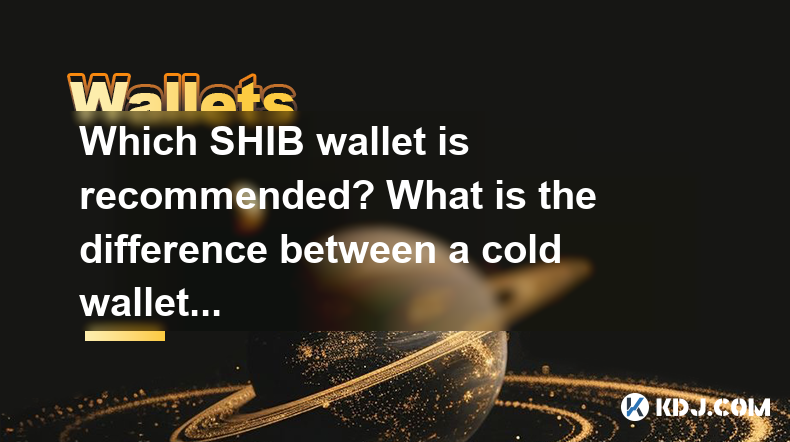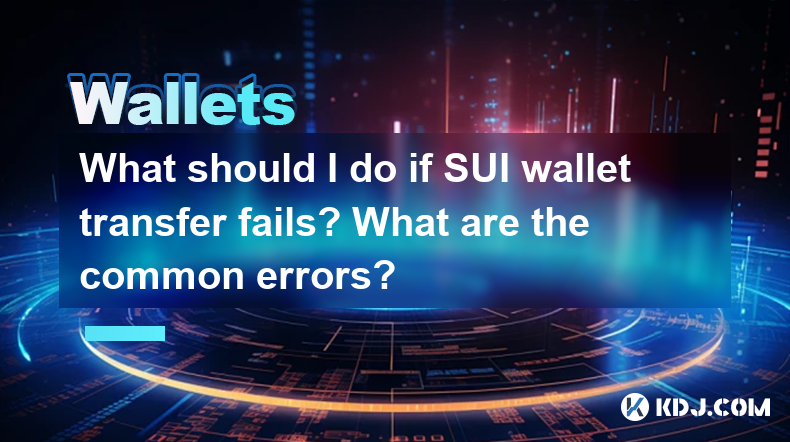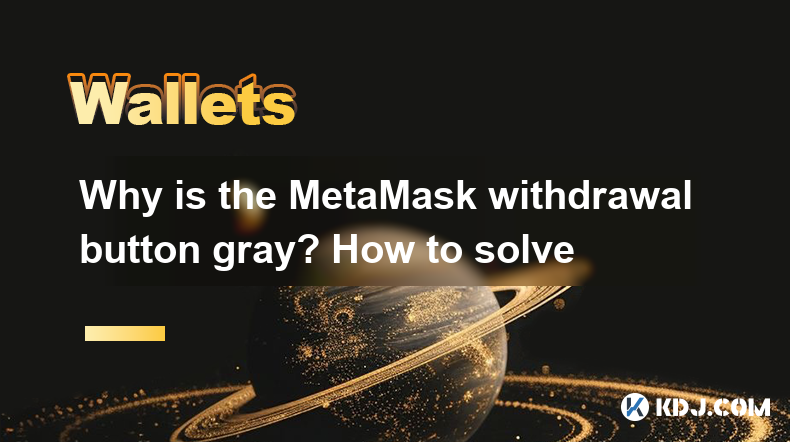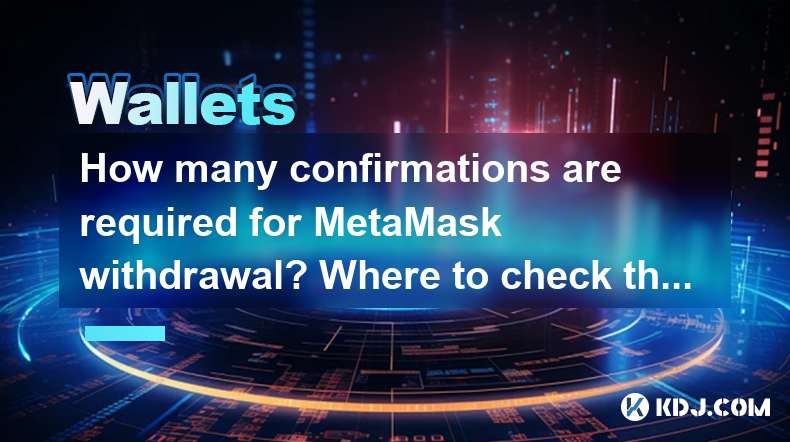-
 Bitcoin
Bitcoin $94,944.8953
-0.13% -
 Ethereum
Ethereum $1,809.2566
0.16% -
 Tether USDt
Tether USDt $1.0001
-0.01% -
 XRP
XRP $2.2116
-1.95% -
 BNB
BNB $600.6084
-0.46% -
 Solana
Solana $148.7347
0.94% -
 USDC
USDC $0.9999
-0.01% -
 Dogecoin
Dogecoin $0.1749
-0.74% -
 Cardano
Cardano $0.6918
-1.27% -
 TRON
TRON $0.2468
1.27% -
 Sui
Sui $3.4717
-2.85% -
 Chainlink
Chainlink $14.6589
0.06% -
 Avalanche
Avalanche $21.1283
-2.84% -
 UNUS SED LEO
UNUS SED LEO $9.1486
1.33% -
 Stellar
Stellar $0.2713
-3.62% -
 Toncoin
Toncoin $3.1776
-1.85% -
 Shiba Inu
Shiba Inu $0.0...01335
-0.86% -
 Hedera
Hedera $0.1829
-2.70% -
 Bitcoin Cash
Bitcoin Cash $368.6776
0.77% -
 Hyperliquid
Hyperliquid $19.6834
6.85% -
 Polkadot
Polkadot $4.1096
-1.07% -
 Litecoin
Litecoin $84.6760
-1.42% -
 Dai
Dai $1.0001
0.01% -
 Monero
Monero $279.2786
1.04% -
 Bitget Token
Bitget Token $4.3521
-0.90% -
 Ethena USDe
Ethena USDe $1.0003
0.07% -
 Pi
Pi $0.6099
4.67% -
 Pepe
Pepe $0.0...08936
0.30% -
 Aptos
Aptos $5.4152
-0.07% -
 Uniswap
Uniswap $5.2765
-1.31%
How to manage Web3 wallet?
Properly managing your Web3 wallet involves understanding the different types, securing your account, and effectively managing your crypto assets to protect your funds.
Dec 21, 2024 at 04:00 am

How to Manage Web3 Wallet?
Key Points
- Understand the different types of Web3 wallets
- Secure your wallet with strong passwords and security protocols
- Manage your crypto assets effectively
- Use a hardware wallet for added security
- Keep your wallet recovery phrase safe
Step 1: Understand the Different Types of Web3 Wallets
Web3 wallets come in various types, each with its advantages and disadvantages. Here's a breakdown of the most common options:
- Software wallets: These wallets run on your computer or mobile device, providing easy access and convenience. Popular software wallets include MetaMask, Coinbase Wallet, and Exodus.
- Hardware wallets: Hardware wallets store your private keys offline, offering the highest level of security. They typically take the form of a USB device, such as the Ledger Nano or Trezor.
- Paper wallets: Paper wallets are physical pieces of paper that contain your private keys. They are one-time-use wallets that provide maximum security but lack convenience.
Step 2: Secure Your Wallet with Strong Passwords and Security Protocols
Securing your Web3 wallet is crucial to protect your crypto assets from unauthorized access. Here are some best practices to follow:
- Create a strong password: Use a complex and unique password that includes a mix of uppercase and lowercase letters, numbers, and symbols. Avoid common passwords or reused passwords from other accounts.
- Enable two-factor authentication (2FA): 2FA adds an extra layer of protection by requiring you to enter a one-time password (OTP) when logging into your wallet.
- Use a reputable wallet provider: Choose a wallet provider with a proven track record of security and reliability. Look for providers that have undergone independent audits and implement robust security measures.
Step 3: Manage Your Crypto Assets Effectively
Effectively managing your crypto assets involves several key practices:
- Keep an accurate record of your assets: Track all your crypto transactions and maintain records of your balances. This will help you monitor your portfolio's performance and prevent discrepancies.
- Monitor market trends: Keep up-to-date with market movements and use reliable sources of information to make informed decisions about your investments.
- Diversify your portfolio: Reduce risk by diversifying your crypto assets across different coins, tokens, and blockchain networks.
Step 4: Use a Hardware Wallet for Added Security
Hardware wallets provide superior security for your crypto assets. Here's how to use one:
- Purchase a reputable hardware wallet: Choose a hardware wallet from a well-known and respected manufacturer, such as Ledger or Trezor.
- Secure your seed phrase: Your seed phrase is a set of random words that can be used to recover your wallet if needed. Keep it safe and secret in a physical location, separate from your hardware wallet.
- Store your hardware wallet securely: Choose a secure storage location for your hardware wallet, such as a safe or lockbox. Disconnect the wallet from the internet when not in use.
Step 5: Keep Your Wallet Recovery Phrase Safe
Your wallet recovery phrase is the key to regaining access to your funds in case your wallet is lost or compromised. Here's how to protect your phrase:
- Never share your recovery phrase with anyone: Your recovery phrase is highly confidential and should never be disclosed to others.
- Store your recovery phrase offline: Write down your recovery phrase on paper or engrave it on a metal plate. Keep it in a secure location separate from your wallet.
- Consider using a passphrase: Add a passphrase to your wallet to further protect your recovery phrase. A passphrase is an additional layer of encryption that can make it more difficult for unauthorized users to access your funds.
FAQs
Q: What are the most commonly used Web3 wallets?
A: Popular Web3 wallets include MetaMask, Coinbase Wallet, Exodus, Ledger Nano, and Trezor.
Q: Is it safe to store all my crypto assets in one wallet?
A: It's advisable to diversify your crypto assets by storing them across multiple wallets for added security.
Q: What happens if I lose my wallet recovery phrase?
A: If you lose your wallet recovery phrase, you will no longer have access to your crypto assets stored in that wallet. It's crucial to keep your recovery phrase safe and secure.
Q: Is it possible to hack a hardware wallet?
A: While hardware wallets offer enhanced security, they can still be vulnerable to hacks if not used properly. It's important to follow best security practices, such as using a strong passphrase and keeping your wallet firmware up to date.
Disclaimer:info@kdj.com
The information provided is not trading advice. kdj.com does not assume any responsibility for any investments made based on the information provided in this article. Cryptocurrencies are highly volatile and it is highly recommended that you invest with caution after thorough research!
If you believe that the content used on this website infringes your copyright, please contact us immediately (info@kdj.com) and we will delete it promptly.
- Hedera (HBAR) Enters May in a Fragile Yet Potentially Explosive Technical Setup
- 2025-05-01 09:15:12
- BTC stalls at key resistance with bearish signs mounting
- 2025-05-01 09:15:12
- Coinbase Expands Bitcoin-Backed Loans to the United States, Opening Instant Liquidity Without Triggering Taxable Events
- 2025-05-01 09:10:13
- HBAR Price Prediction: Will Hedera (HBAR) Ride the Bitcoin Wave or Fall Behind?
- 2025-05-01 09:10:13
- Market sentiment remains cautious ahead of the May 7 Ethereum Pectra upgrade, but optimism is beginning to return
- 2025-05-01 09:05:13
- Unstaked Governance Model, Pi’s $2.40 Forecast, & Hedera’s $10M Outflow: Best Crypto
- 2025-05-01 09:05:13
Related knowledge

Which SHIB wallet is recommended? What is the difference between a cold wallet and a hot wallet?
Apr 29,2025 at 07:42pm
When it comes to storing your Shiba Inu (SHIB) tokens, choosing the right wallet is crucial for the security and management of your digital assets. In the cryptocurrency world, wallets are categorized into two main types: cold wallets and hot wallets. This article will explore the recommended SHIB wallets and delve into the differences between cold and ...

How to store AVAX safely after purchase? Which is better, cold wallet or hot wallet?
Apr 28,2025 at 09:28pm
When you purchase AVAX, the native cryptocurrency of the Avalanche network, ensuring its safe storage is crucial. The choice between a cold wallet and a hot wallet depends on your specific needs, such as security, convenience, and frequency of transactions. In this article, we will explore both options in detail, helping you make an informed decision on...

What to do if LINK wallet transfer fails? FAQ
Apr 29,2025 at 06:08pm
If you encounter a LINK wallet transfer failure, it can be a frustrating experience. However, there are several steps you can take to diagnose and resolve the issue. LINK, or Chainlink, is a decentralized oracle network that provides real-world data to smart contracts on the blockchain. Ensuring that your LINK transfers go smoothly is crucial for partic...

What should I do if SUI wallet transfer fails? What are the common errors?
Apr 29,2025 at 01:14am
If you are experiencing issues with SUI wallet transfers, it can be frustrating and confusing. This article will guide you through the common errors that may occur during a SUI wallet transfer and provide detailed steps on how to troubleshoot and resolve these issues. Understanding Common SUI Wallet Transfer ErrorsSUI wallet transfer failures can stem f...

Why is the MetaMask withdrawal button gray? How to solve
Apr 28,2025 at 10:07am
When users encounter a grayed-out withdrawal button on MetaMask, it can be a source of frustration and confusion. Understanding why this happens and how to solve it is crucial for smooth transactions. The grayed-out withdrawal button typically indicates that certain conditions are not met, preventing the user from proceeding with a withdrawal. This arti...

How many confirmations are required for MetaMask withdrawal? Where to check the progress
Apr 28,2025 at 05:49am
When using MetaMask to withdraw cryptocurrency, understanding the number of confirmations required and how to check the progress of your transactions is crucial for a smooth experience. Confirmations refer to the number of blocks added to the blockchain after the block containing your transaction, which helps to verify and secure the transaction. This a...

Which SHIB wallet is recommended? What is the difference between a cold wallet and a hot wallet?
Apr 29,2025 at 07:42pm
When it comes to storing your Shiba Inu (SHIB) tokens, choosing the right wallet is crucial for the security and management of your digital assets. In the cryptocurrency world, wallets are categorized into two main types: cold wallets and hot wallets. This article will explore the recommended SHIB wallets and delve into the differences between cold and ...

How to store AVAX safely after purchase? Which is better, cold wallet or hot wallet?
Apr 28,2025 at 09:28pm
When you purchase AVAX, the native cryptocurrency of the Avalanche network, ensuring its safe storage is crucial. The choice between a cold wallet and a hot wallet depends on your specific needs, such as security, convenience, and frequency of transactions. In this article, we will explore both options in detail, helping you make an informed decision on...

What to do if LINK wallet transfer fails? FAQ
Apr 29,2025 at 06:08pm
If you encounter a LINK wallet transfer failure, it can be a frustrating experience. However, there are several steps you can take to diagnose and resolve the issue. LINK, or Chainlink, is a decentralized oracle network that provides real-world data to smart contracts on the blockchain. Ensuring that your LINK transfers go smoothly is crucial for partic...

What should I do if SUI wallet transfer fails? What are the common errors?
Apr 29,2025 at 01:14am
If you are experiencing issues with SUI wallet transfers, it can be frustrating and confusing. This article will guide you through the common errors that may occur during a SUI wallet transfer and provide detailed steps on how to troubleshoot and resolve these issues. Understanding Common SUI Wallet Transfer ErrorsSUI wallet transfer failures can stem f...

Why is the MetaMask withdrawal button gray? How to solve
Apr 28,2025 at 10:07am
When users encounter a grayed-out withdrawal button on MetaMask, it can be a source of frustration and confusion. Understanding why this happens and how to solve it is crucial for smooth transactions. The grayed-out withdrawal button typically indicates that certain conditions are not met, preventing the user from proceeding with a withdrawal. This arti...

How many confirmations are required for MetaMask withdrawal? Where to check the progress
Apr 28,2025 at 05:49am
When using MetaMask to withdraw cryptocurrency, understanding the number of confirmations required and how to check the progress of your transactions is crucial for a smooth experience. Confirmations refer to the number of blocks added to the blockchain after the block containing your transaction, which helps to verify and secure the transaction. This a...
See all articles




















































































